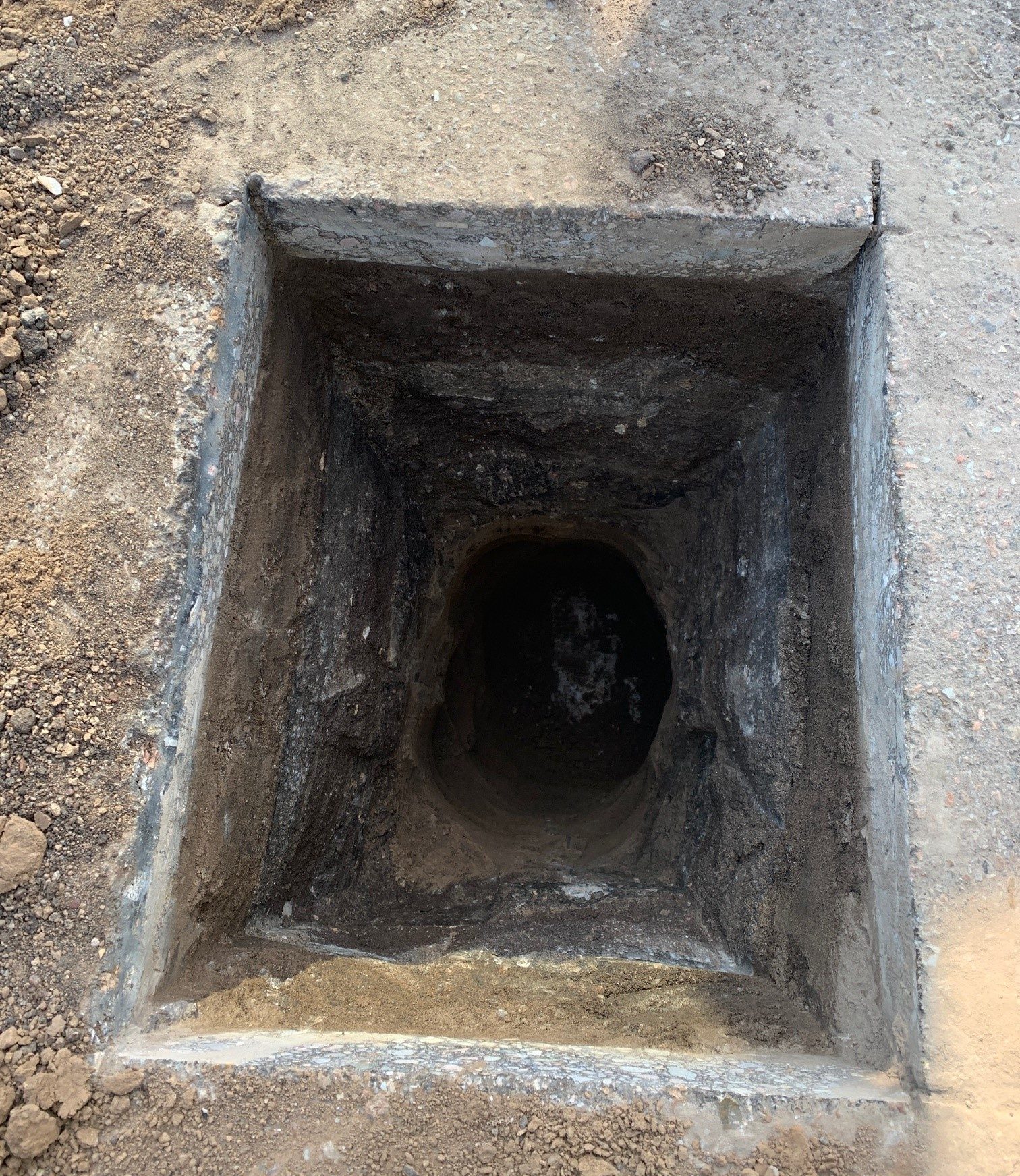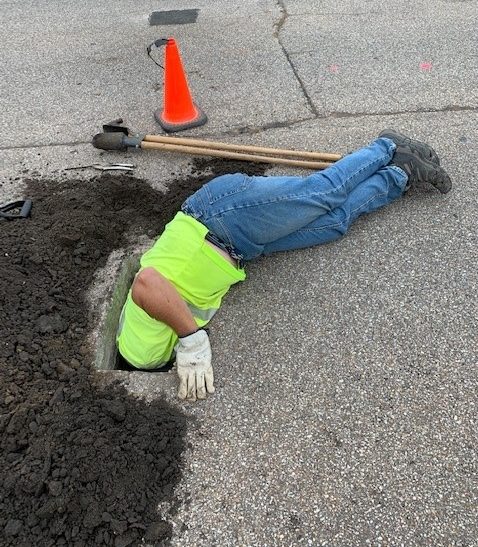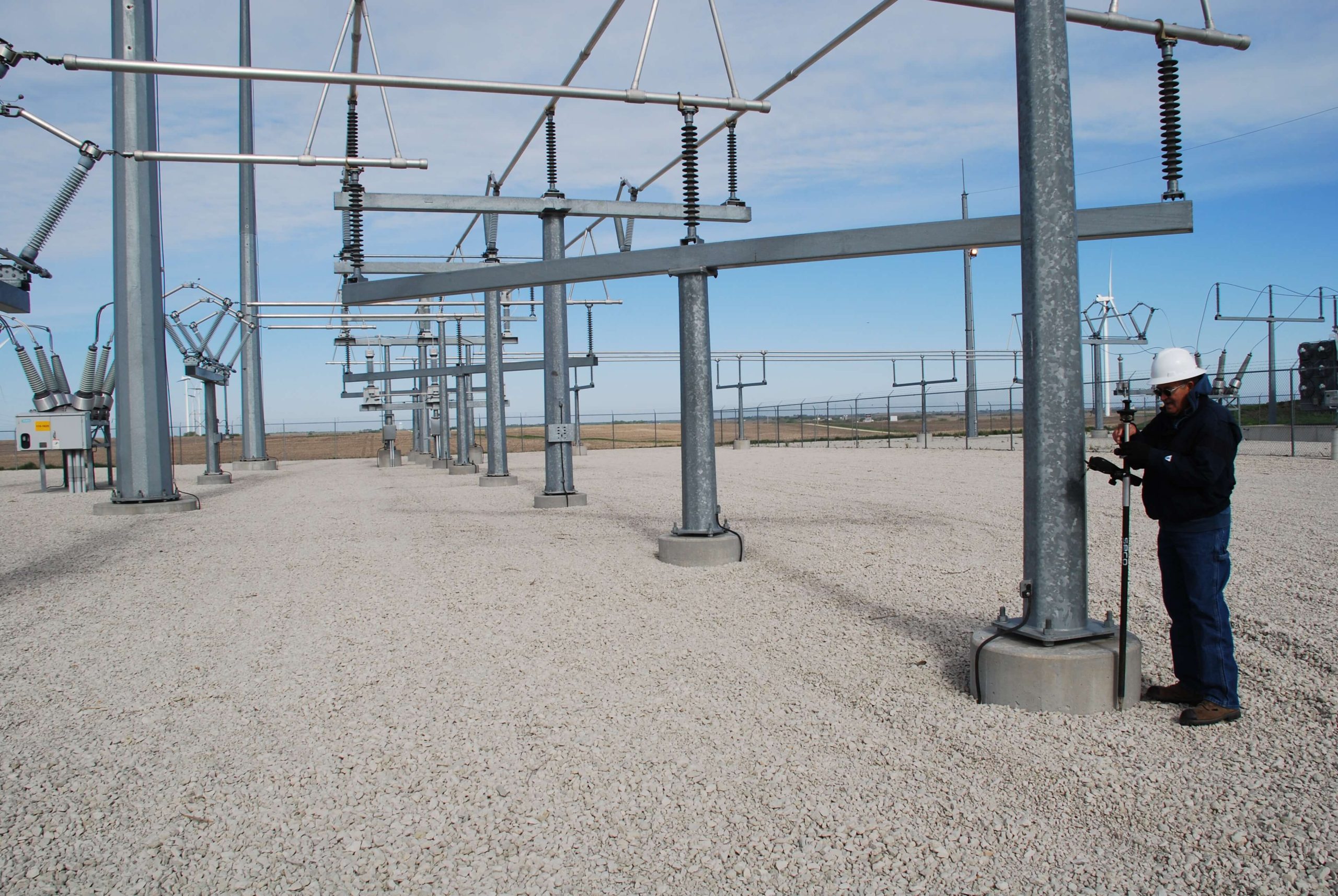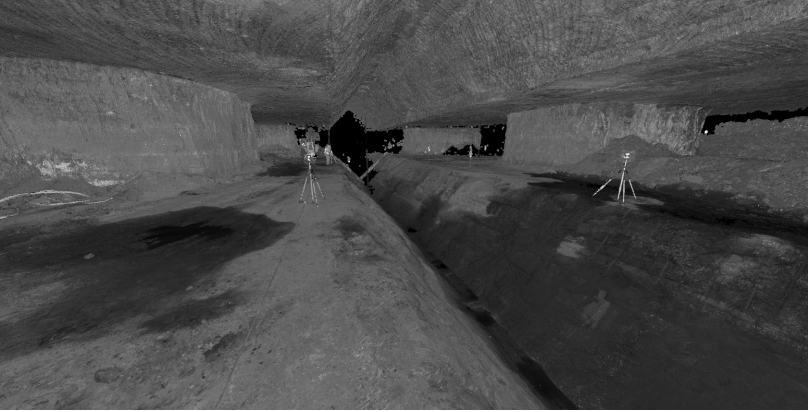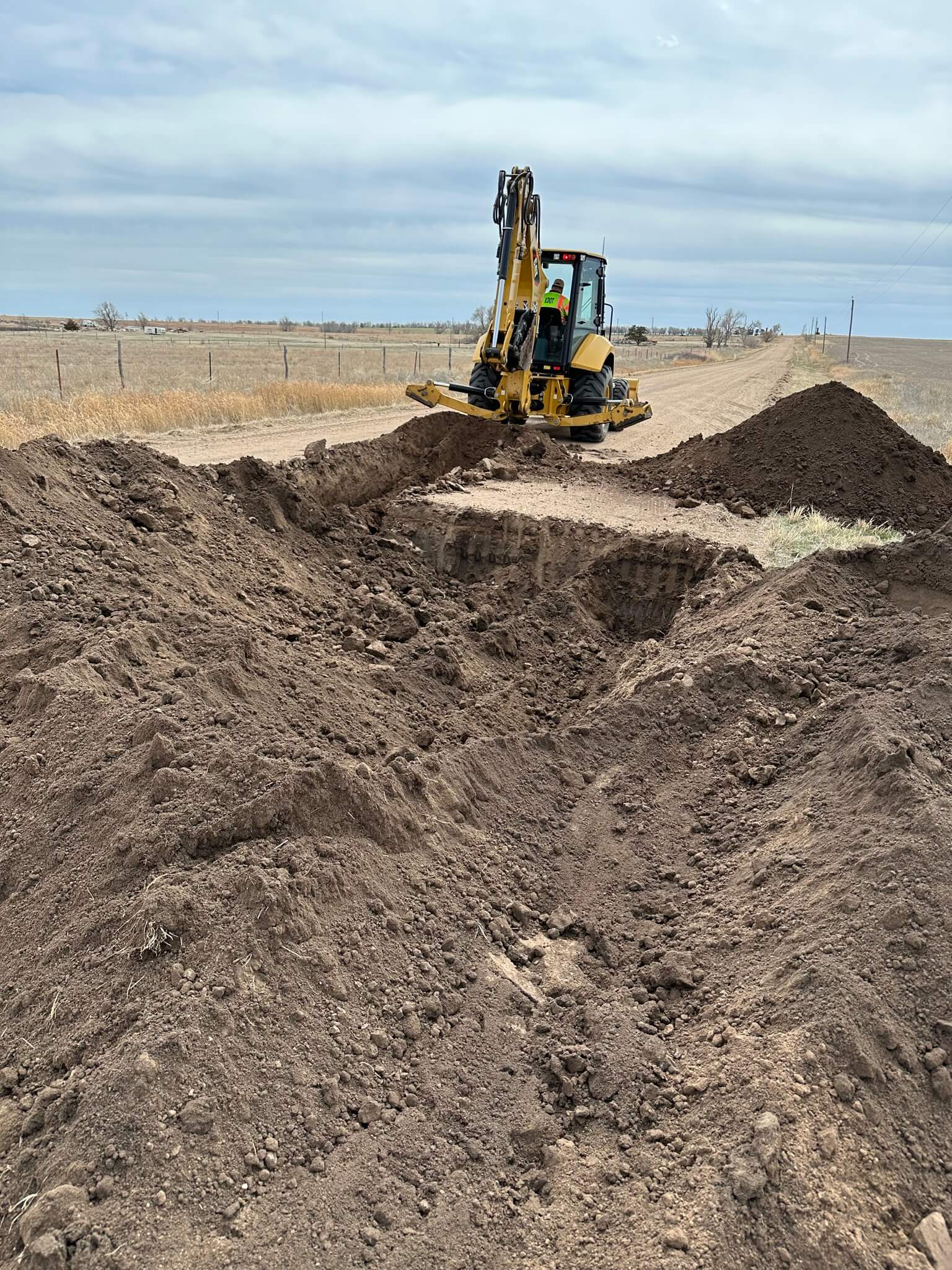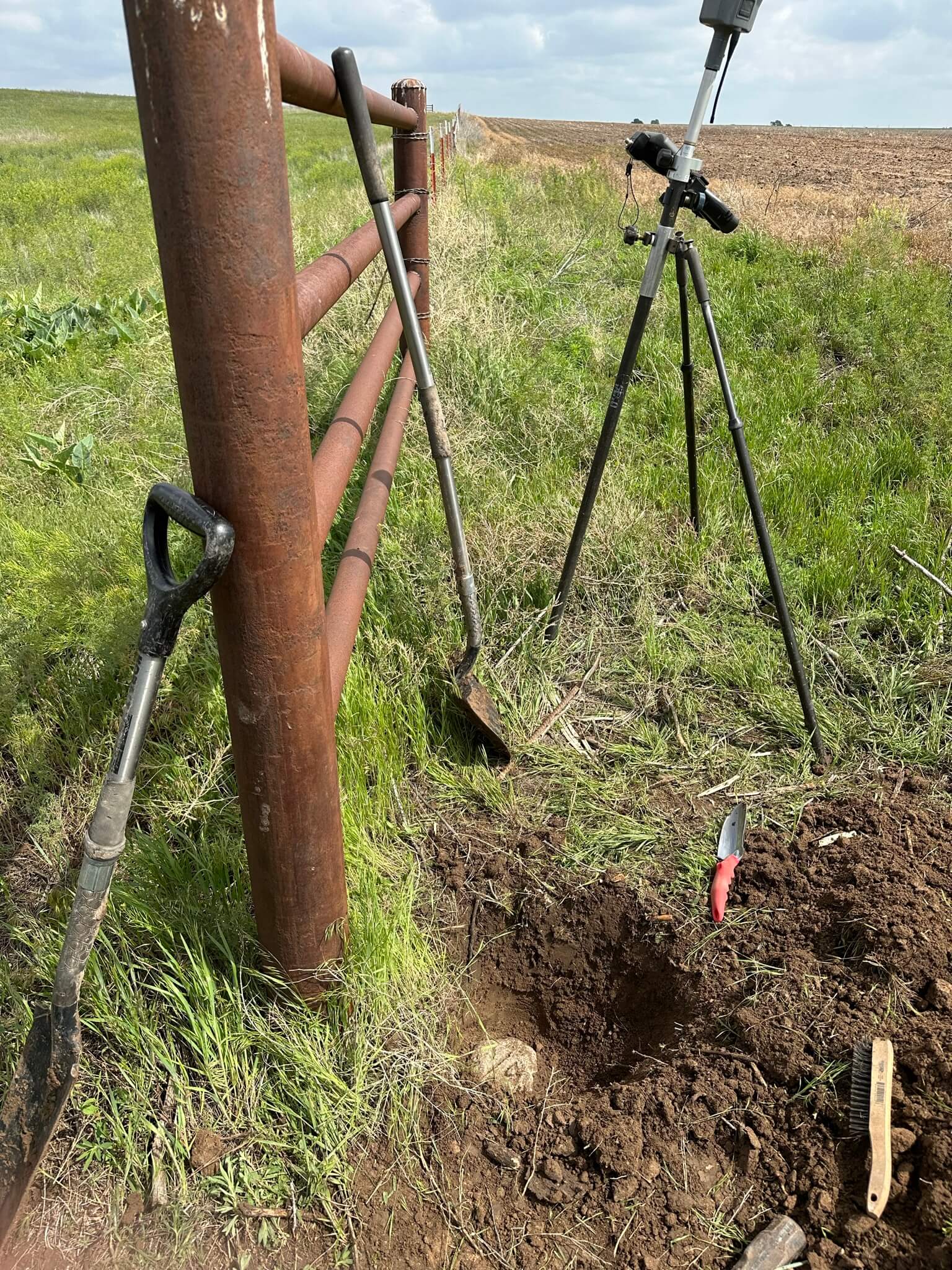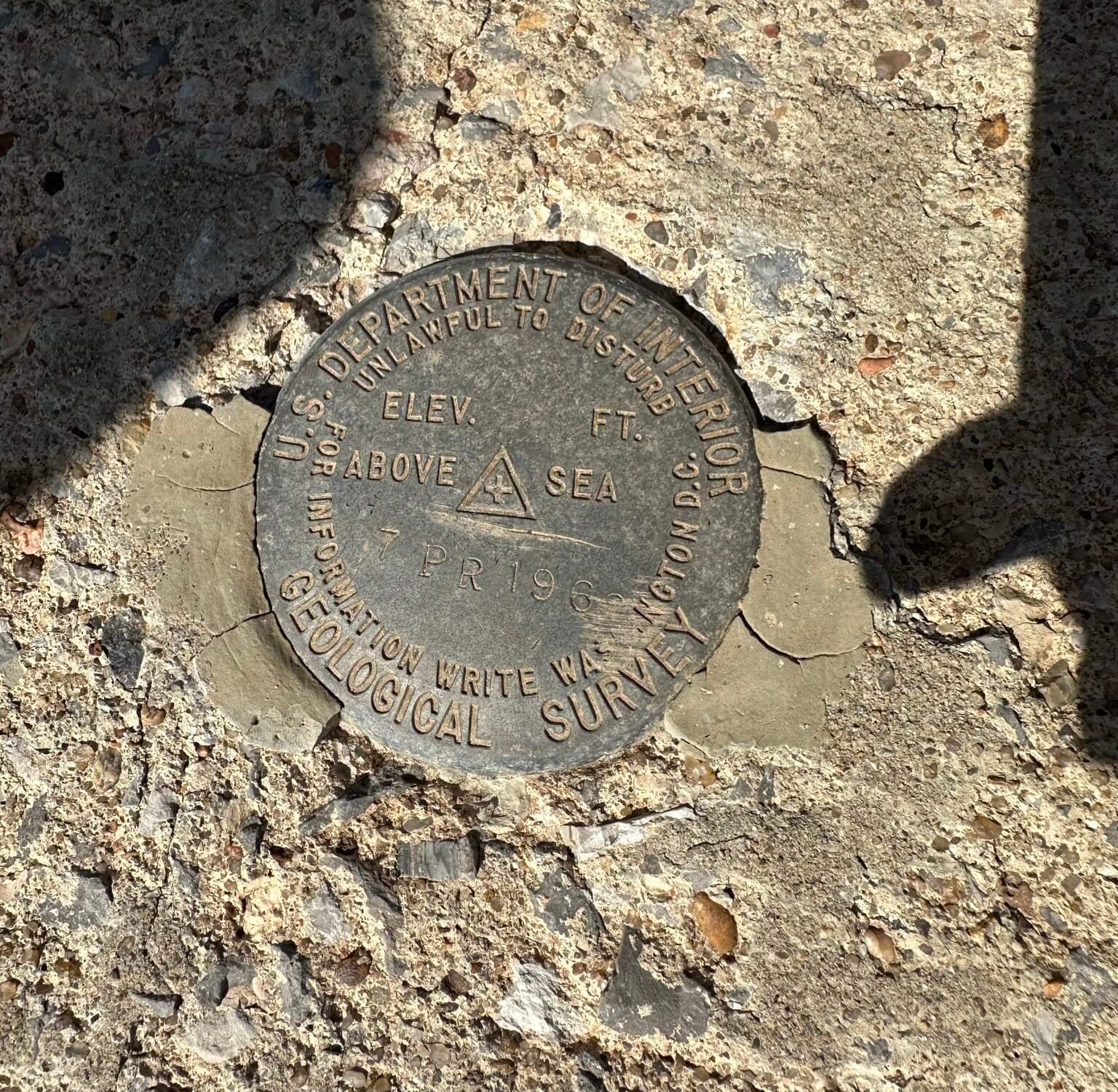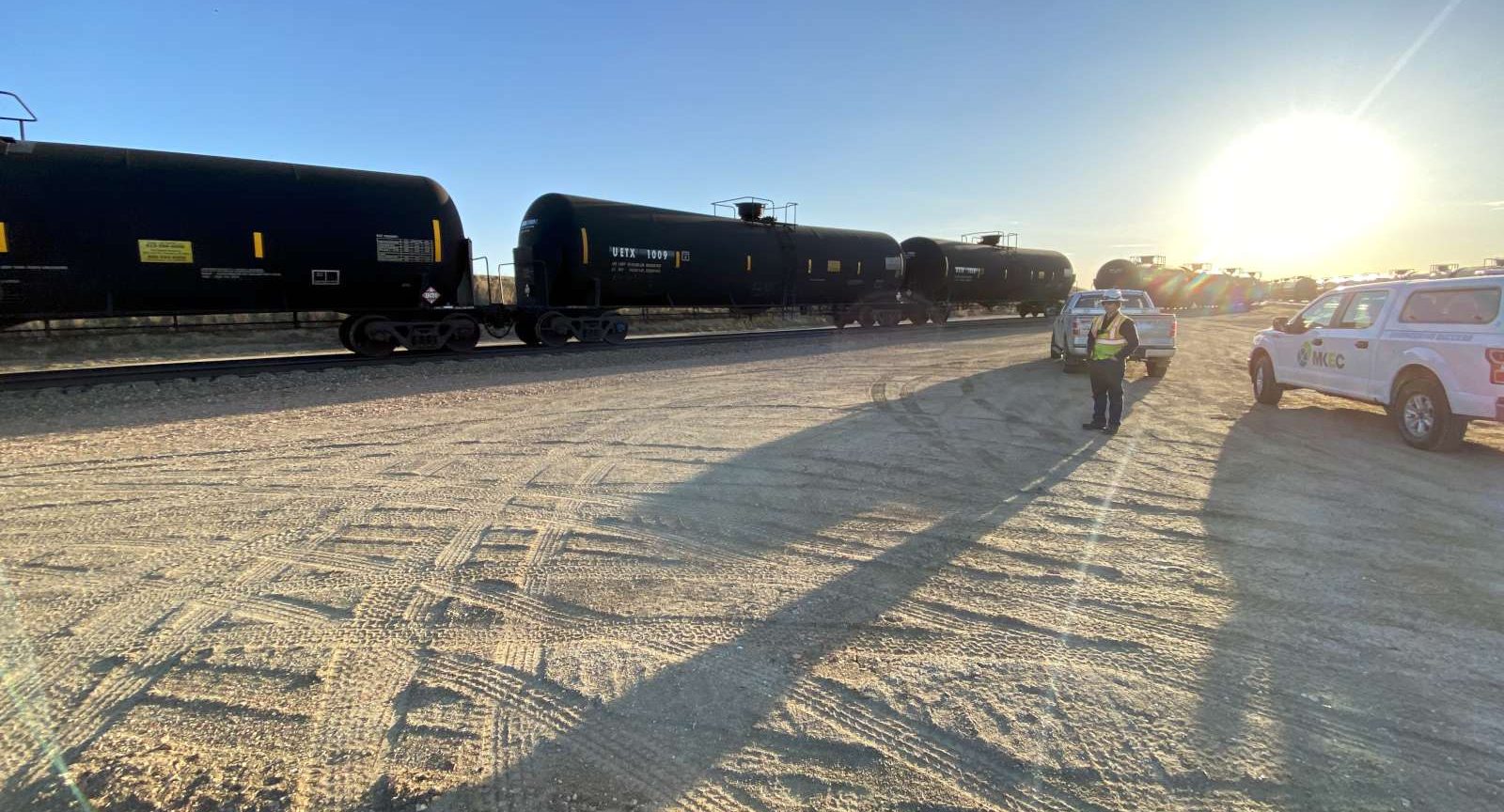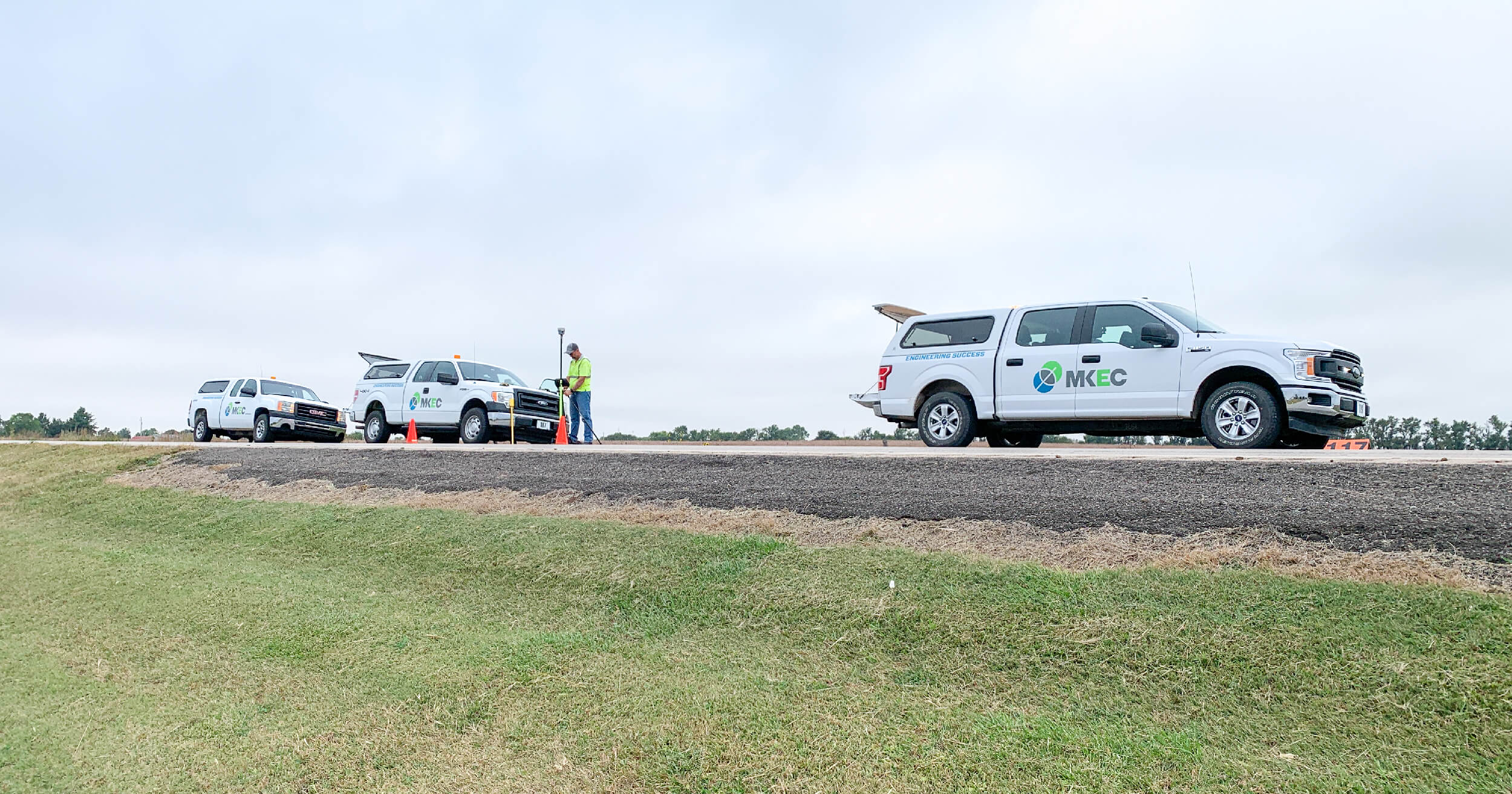
Opportunity Abounds in the Field of Surveying
September 20, 2023
Surveying is one of the oldest professions, dating back to ancient Egypt and the “rope stretchers” that laid out the pyramids. The Romans considered it a noble profession, important for helping to divide up the vast Roman empire into districts for taxation, and three of the four presidents on Mount Rushmore were surveyors at some point before they became president.
Today, however, many people have no idea what surveyors do and why they are important, and that shows in the declining number of surveyors available.
“Surveyors are considered expert measurers, using those key measurements to determine boundaries and create maps for multiple uses,” said Mike Small, a 21-year veteran in MKEC’s surveying department.
Importance of surveyors
While today’s surveyors aren’t stretching ropes out to measure land plots, they do play a role in nearly every type of building project. If it needs to be measured, from identifying property boundaries to creating a high-definition 3D scan of an oil refinery, surveyors are the ones to call.
“A lot of things get lumped into it,” Small said. “Small lot surveys, residential lots for fencing, development surveys. If you’ve got a bare piece of ground, we do the boundary survey and establish the lines for where new lots are going to be. We also collect topographic surveys, so engineers know the existing features to complete their design. We work a lot with people from every service area within MKEC.”
Surveyor qualifications
A love of history and math will serve a new surveyor well as a big part of the job is working to find the original survey cornerstones.
“There’s a lot of history involved,” said Pat Fink, who has been a surveyor for MKEC for 26 years. “We have to retrace the steps of the original surveyor.”
Small agrees. “One of the things I do enjoy about it the most is the history of it. There is a cool feeling of walking up and finding an original section corner that was set 160 years ago, retracing the steps of the original surveyor, and finding monuments in the same spot. The problem-solving and the calculation of the boundaries is fun because it’s different every time.”

“One of the things I do enjoy about it the most is the history of it. There is a really cool feeling of walking up and finding an original section corner that was set 160 years ago, retracing the steps of the original surveyor.”
Mike Small, Survey Department Manager, Land Surveyor
A love of the outdoors in all types of weather is also a requirement for surveyors.
“You’re going to deal with the cold in the wintertime, the hot in the summertime,” Small said.
Fink thinks being outside is one of the best parts of the job and one of the things that drew him to a career in surveying.
“I like being outside,” he said. “I have a business degree. I was working and didn’t like sitting in an office when my insurance agent said I know what you should do. ‘You should be a surveyor.’ I looked into it and became a surveyor.”
Becoming a licensed surveyor doesn’t always require a four-year degree. The state of Kansas offers three pathways to a surveyor’s license. All pathways require applicants to combine some amount of education with in-the-field experience and passage of the state licensure exam.
People interested in becoming a surveyor can:
- get a four-year degree and combine it with four years of surveying experience before applying to take the licensure exam,
- get a two-year degree and combine it with six years of surveying experience before applying to take the licensure exam, or
- take 12 hours of college classes, including three-hour classes in surveying measurements and analysis; global positioning system (GPS) surveying techniques; real property law; and boundary control and legal principles, and combine it with eight years of surveying experience before applying to take the licensure exam.
In addition, surveyors need to have a good grasp of math and enjoy problem-solving and project management.
Rewards of surveying
MKEC surveyors work on a variety of projects and collaborate with all the engineering disciplines. And they never know where the job might take them.
“Our job takes us all across the Midwest,” Fink said. “I’ve also been to a coal plant in Pennsylvania and worked along the Gulf Coast.”
One job in Lyons, Kansas, even took Small underground, way underground.
“We did a scanning project for a salt mine. They had expanded their mine and used natural columns, but they were too spread out, and that part of the mine started leaking. They were worried about losing the mine and were going to pour this massive concrete wall. Concrete was expensive, so they wanted to know the exact volume of concrete. It was challenging to get to and to calculate. The survey site was a mile below the ground and a mile into the mine in an area without a lot of light. It was a little eerie but very fun to do.”
Fink remembered a job they did with the 3D scanner that required a bit of ingenuity.
“That scanner has taken us to some interesting places. On one job, they sent us 160 feet down into the bottom of a vessel they had flushed and wanted us to scan it. We ended up having to lower the scanner upside down into a hole to scan it.”
But Fink and Small agree the best days on the job are when you can see history meet the present day.
Surveyors in earlier times would set large stones at the section corners of a property, so that in the future others could identify the corner. Over time, those stones can disappear, so surveyors were taught to dig pits in the ground out from the stone. Even if the stone disappeared, people could still identify the section corner. Most of the time, those pits are now gone, as well.
“One of our crew chiefs, Calvin Beckler, is really good at finding those 160-year-old section corners,” Small said. “One time, he was digging for a stone with a backhoe. He didn’t find the stone, but he found those pits by noticing the different coloration of the dirt. There’s probably a handful of surveyors in Kansas right now that have found pits and mounds. That was a pretty rare thing. We were able to put the corner in the location it was in 160 years ago.”
Surveying with MKEC
Every day is different for MKEC’s surveyors.
“It’s a lot different than other professions,” Small said. “Our days usually start earlier than most. Generally, we’ll come in, and we have several projects going on at one time. We do some research, get some info from previous projects then go to the field, collect the data, bring it in to be processed and drawn up, then the licensed surveyor reviews the survey, makes changes, and when it’s ready to go, the licensed surveyor gives it a final look and delivers it to the client. It changes so much day to day.”
And the surveyors are as much a part of the team as the engineers as they are the first ones on a site and the last ones out of a site.
“We work with every service area at MKEC to provide them with the info that they need to have for their design,” Small said. “You’re doing different projects all the time. You’re not doing one kind of survey every day, all day.”
While survey teams no longer have 12 people like they did in the 1800s, that doesn’t mean surveyors are always out in the field alone.
“We’re a small group,” Fink said. “We all work well together. We help each other out. If you run into a tough job, someone will jump off their job to help.”
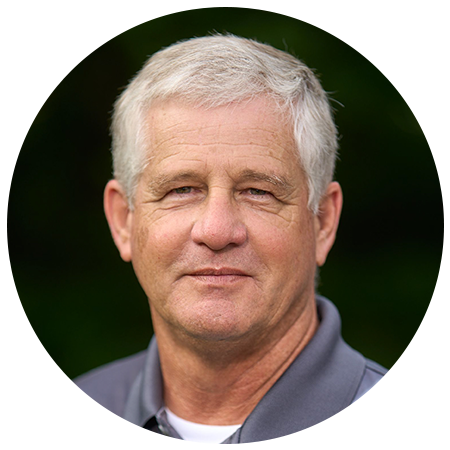
“We all work well together. We help each other out. If you run into a tough job, someone will jump off their job to help.”
Pat Fink, Land Surveyor
Fink and Small hope more young people will take an interest in the noble profession of surveying.
“One of the problems we have is that younger people don’t even know what surveying is,” Small said.
To raise awareness among younger students, Fink visits classrooms to talk about what he does and how the next generation can become surveyors.
Because this profession that dates back to ancient Egypt is as essential today as it was then.


